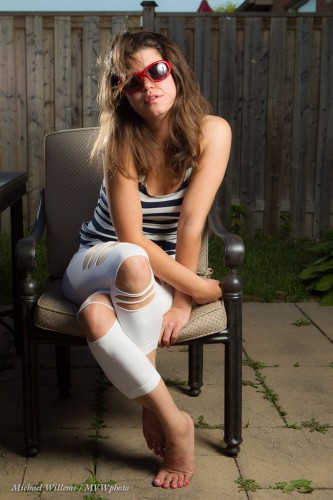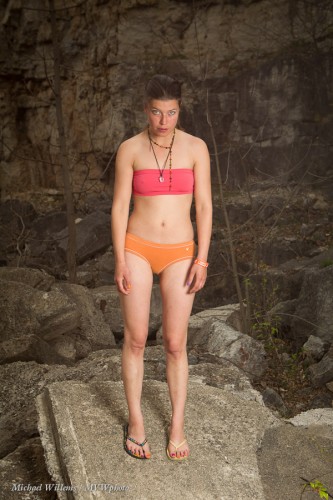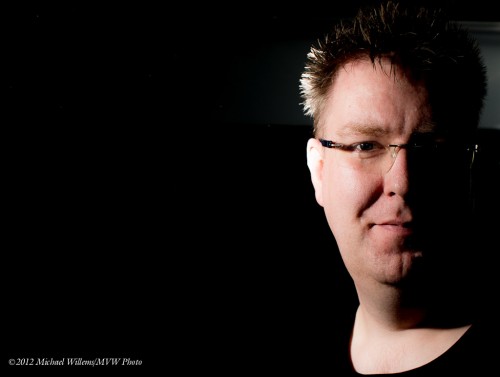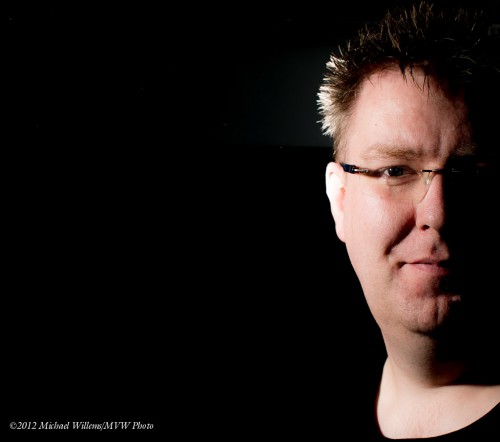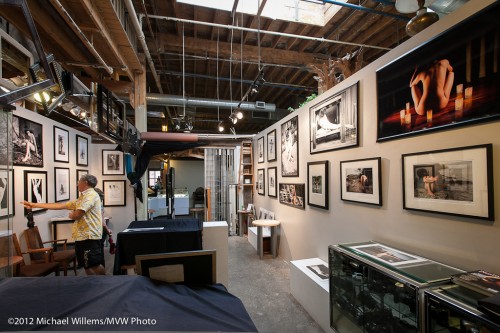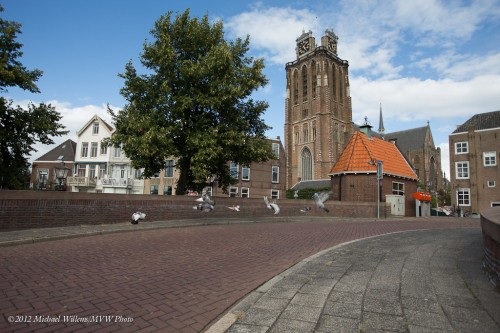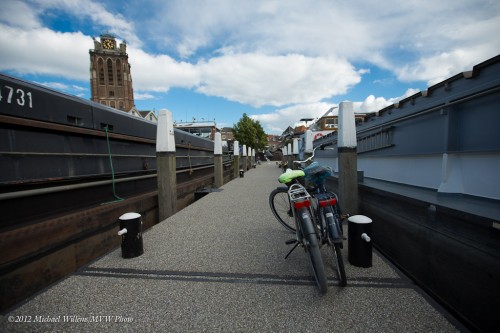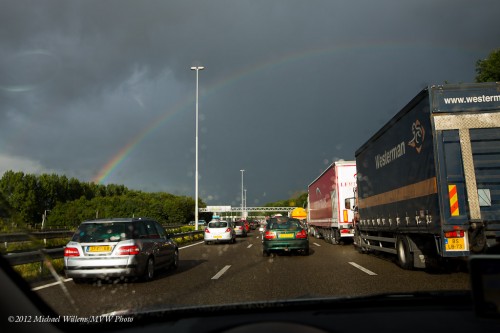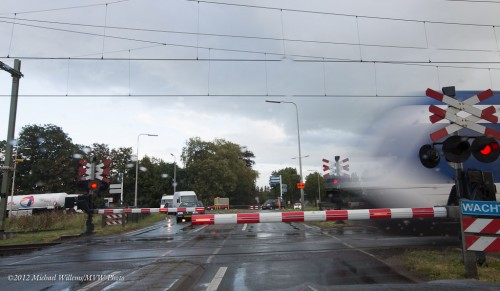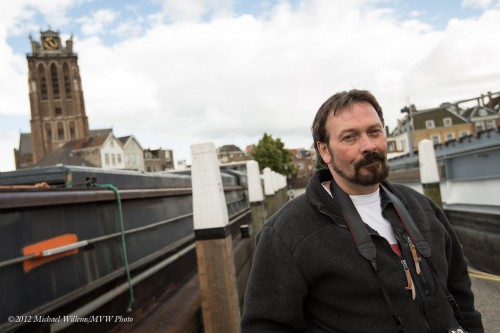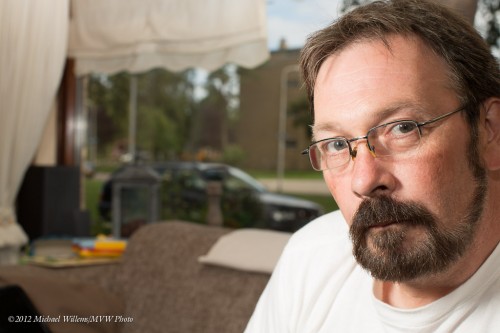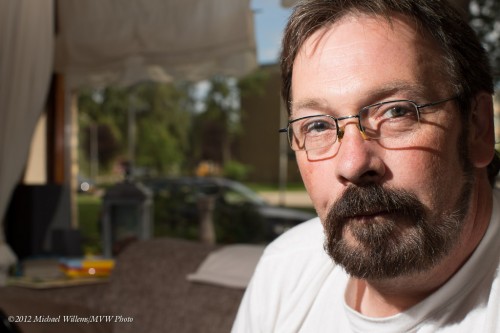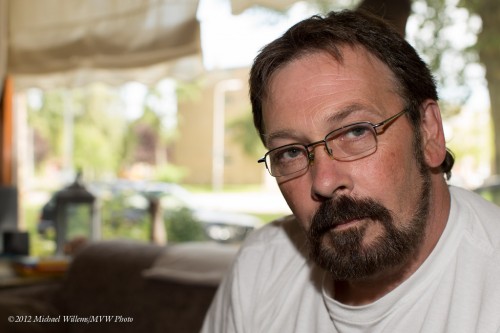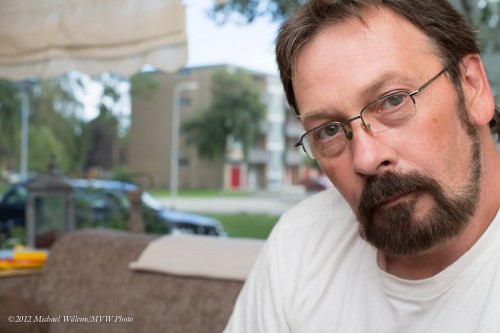I see that there are many new readers – a big welcome to them here.
And for them, today let me explain what this site does for you.
I am, as you see, a full-time photographer. I shoot such diverse things as press, portraits, corporate, product, events (I am a big event shooter!), weddings, and art (including art nudes – my 5-week solo exhibit “To Find A Muse” just finished in Toronto’s historic Distillery art district – Framed giclée prints are now for sale: www.michaelsmuse.com).
I am also a big speedlighter. As my readers here know, nothing beats carrying small, convenient speedlights, especially when compared to carrying huge studio strobes. And when you know how speedlights work, you can get great results from them. Like this simple shot – made at mid-day, i.e. in awful light, with two speedlights and modifiers:
As an engineer, I understand the technical ins and outs; and as a photographer I love the art you can make with them. And this blog teaches you to do that. Meaning that I teach the basics here, as well as advanced techniques. You need to know:
- Limitations, and how to overcome them
- How to make art with light
- TTL: how it works, exactly
- Camera settings
- What you need to buy
- Functionality you only get with speedlights
- Canon versus Nikon
- Practical tips
- Shooting in a hurry
And so on.
Teaching is in my blood… coming from a long line of teachers, I love to convey knowledge – and I enjoy it! As an engineer, I have always thought good teachers make complex things simple – not the other way around. I teach at Sheridn College, and I have taught my signature Advanced Flash course in such places as Toronto, Las Vegas, London, Phoenix, Rotterdam, and Niagara; more to come. Every photographer should know these simple techniques. And you can learn them in my courses and private training (www.cameratraining.ca) but also by playing and trying, supported by this daily site.
Yes. Daily. Every day I write a post that helps you with some aspect of photography. Don’t ask me how. For over three years now. And you can read all of it; search; read categories; etc.
What do I get out of it? Fame.. students… shoot clients… but especially, the satisfaction that I have contributed.
Enjoy!
Michael

